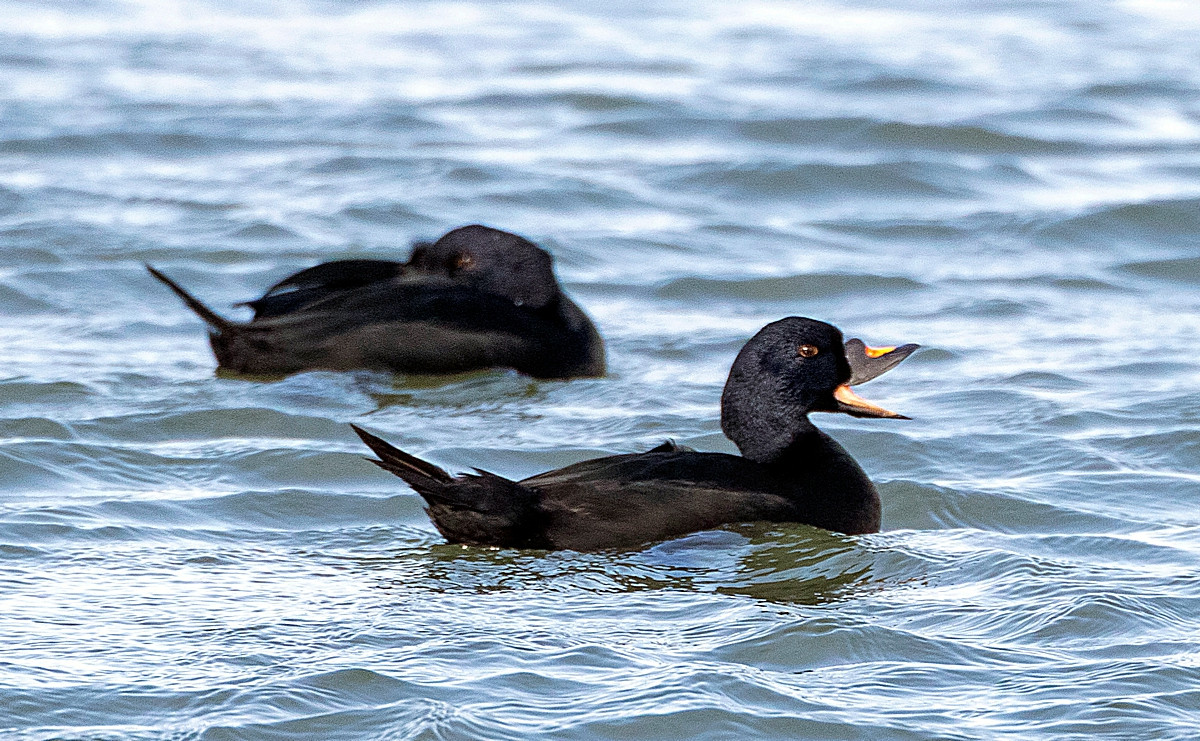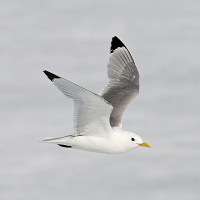Description
The Hunstaton Cliffs are located on the northern side of Hunstanton and face the Wash bay area. The cliffs are coloured white and red and are famous for their fossils and, of course, the breeding colony of Northern Fulmar. The number of breeding pairs peaked in 1995 with about 200 pairs, but nowadays, the number is averaged around 100 pairs. They can be seen from the beach, sitting on their ledges or from the top where you can see them flying away and coming in from the sea.
The beach, especially during low tide, is a great place for many shorebird species, like gulls and waders. Large flocks tend to stay and forage for prey on the tidal mudflats. Common species are Eurasian Oystercatcher, Red Knot, Bar-tailed Godwit and Common Redshank. The scattered rocks are a great place for Purple Sandpiper.
From the clifss, you'll have a perfect view over the bay. You can find species like Kittiwake, Northern Gannet, European Shag and even skuas and shearwaters, with a bit of luck. Flocks of scoter, both Common Scoter and Velvet Scoter, can be found and small numbers of Red-throated Diver are present.
Details
Access
The area is easy accessable due to the parking lot on top of the cliffs and the pathway down to the beach. You can walk over the beach towards the cliffs and find the Northern Fulmar there, mostly by sound.


